简体中文
繁體中文
English
Pусский
日本語
ภาษาไทย
Tiếng Việt
Bahasa Indonesia
Español
हिन्दी
Filippiiniläinen
Français
Deutsch
Português
Türkçe
한국어
العربية
The importance of risk management in Forex: A beginner’s guide for South African traders
Abstract:The quest to make quick profits from the market has often led some traders to neglect the need for applying proper risk management practices while taking any positions in the market. Some traders tend to trust so much in the accuracy of their analysis and predictions that they neglect that the market can as well disappoint. The outcome of this negligence is always unbearable and often, had resulted in such traders losing their entire capital. Proper risk management practices remain the best way for guarding against loss and remaining profitable in the forex market today.
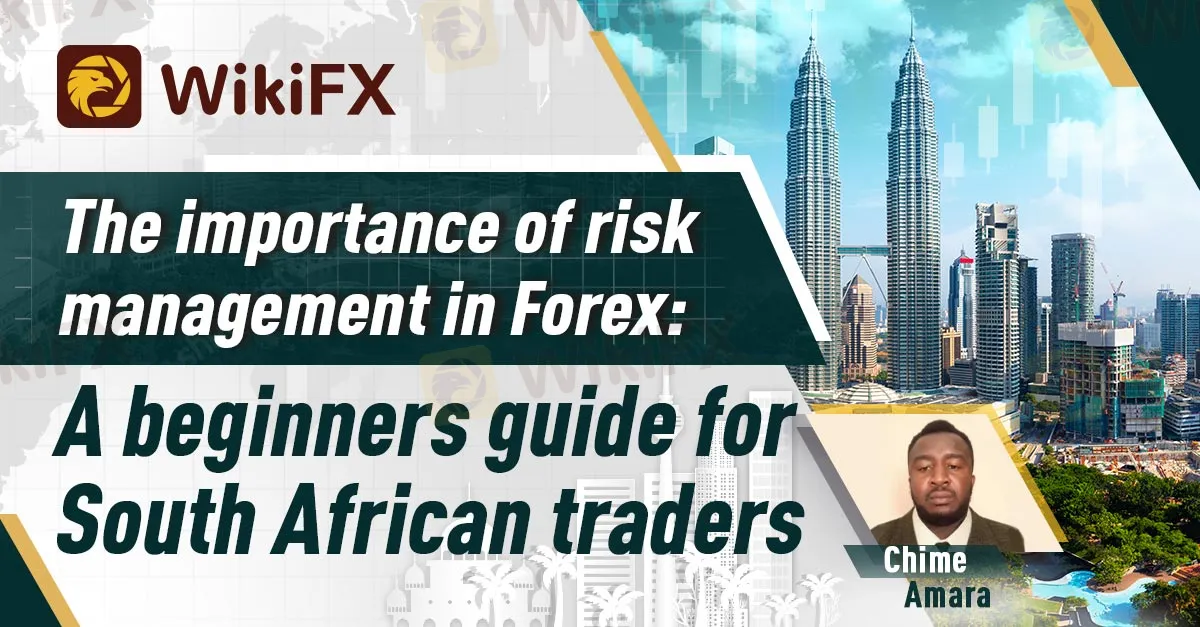
By: Chime Amara

What is Risk management?
Risk management is the practice of guarding against excessive loss by protecting one's position should the market go contrary to the trader's predictions.
What are the risk management practices?
There are basically four major risk management practices obtainable in forex trading. We have discussed them below.
A. Use of Stop loss: Stop loss is an important risk management practice that involves setting a pending order below or above one's position to close one's open position should the market take the opposite course of the trader's forecast. Often a Stop loss order is set 30 - 50 pips away from one's entry. Some prefer mapping out only 1% of their capital as the stop loss target.
B. Setting take-profit target: The fact that the market often spiked to hit certain levels and then reverse from it, has made it very necessary for traders to set their targets for each position they take in the market today. Setting a take-profit order helps to close one's trades when the market gets to the indicated level.
C. Correct use of Lotsize: Lotsize is the buying power due to each trader based on his capital. One of the greatest means through which traders can manage their risk well is by choosing the correct lotsize due to their capital. Using excessive lotsizes endangers the trader's capital in cases where the market goes against him.
D. Hedging: Hedging involves taking two different positions at the same time in the market as a way of guarding against loss. Here the trader often placed a new trade above or below his stoploss to be triggered in cases when the market reverses and cuts off his stop loss target. Similarly, hedging includes but is not limited to taking two opposite positions at the same time.
Conclusion
The importance of risk management practice in forex trading can never be overemphasized. Thus, without proper risk management practice put in place, the trader is all the more exposed to losing a greater part of his capital due to high market volatility. It is therefore necessary for all forex traders to apply proper risk management practice while taking any positions in the market today.

Disclaimer:
The views in this article only represent the author's personal views, and do not constitute investment advice on this platform. This platform does not guarantee the accuracy, completeness and timeliness of the information in the article, and will not be liable for any loss caused by the use of or reliance on the information in the article.
Read more
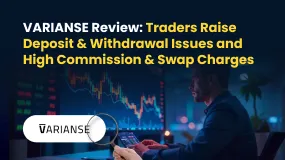
VARIANSE Review: Traders Raise Deposit & Withdrawal Issues and High Commission & Swap Charges
Are you losing both while depositing and withdrawing your capital at VARIANSE? Does the broker give the currency conversion rate excuse for this? Have you been trapped with spreads charged higher than promised? Do you bear steep commission and swap charges at this broker? Traders frequently report these trading issues online. In today’s VARIANSE broker review, we have shared some trading complaints that have grabbed everyone’s attention. Take a look.
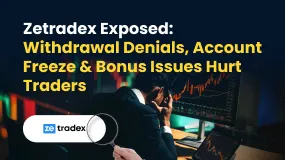
Zetradex Exposed: Withdrawal Denials, Account Freeze & Bonus Issues Hurt Traders
Do you constantly face withdrawal denials by Zetradex? Does the forex broker keep freezing your account and wiping out your capital? Have you also undergone issues concerning the Zetradex no deposit bonus? These trading issues have become apparent as the forex broker allegedly scams traders all over. In this Zetradex review article, we have demonstrated some complaints. Read them to get a feel of what happens to traders here.
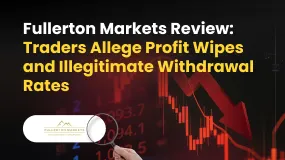
Fullerton Markets Review: Traders Allege Profit Wipes and Illegitimate Withdrawal Rates
Have you witnessed constant profit deletion from Fullerton Markets? Has the Saint Vincent and the Grenadines-based forex broker wiped out all your capital after you checked it on Fullerton Markets Login? Do you find the deposit and withdrawal rates abnormal here? These complaints have been grabbing everyone’s attention on Fullerton Markets Review Platforms. In this article, we have shared some of these complaints for you to look at and inspect. Read on!
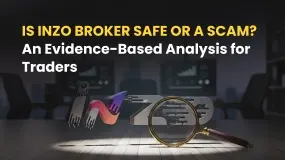
Is Inzo Broker Safe or a Scam? An Evidence-Based Analysis for Traders
When traders check out a new broker, the main question is always about safety and whether it's real. Is Inzo a trustworthy partner for your trading capital, or is it a scam you should stay away from? The broker looks modern and professional, offering popular platforms and many different account types. However, this polished look is clouded by many serious complaints from users who report big problems with their money and trading conditions. A simple "yes" or "no" answer isn't enough. To reach a good conclusion, we need a detailed investigation based on facts. This analysis will give you a clear and fair breakdown of the facts. We will cut through the mixed information to give you a complete picture of Inzo.
WikiFX Broker
Latest News
BASF CEO: EU CO₂ Trading Is A "Destruction Mechanism" For European Industry
PINAKINE Broker India Review 2025: A Complete Guide to Safety and Services
Is Inzo Broker Safe or a Scam? An Evidence-Based Analysis for Traders
Is Uniglobe Markets Legit? A 2025 Simple Guide to Its Safety, Services, and User Warnings
Is Forex Zone Trading Regulated and Licensed?
WikiEXPO Dubai 2025 “Welcome Party” Kicks Off Tonight!
He Trusted a WhatsApp Group and Lost RM659,000
Exness Restricted Countries List 2025 Explained
Zetradex Exposed: Withdrawal Denials, Account Freeze & Bonus Issues Hurt Traders
Is Fyntura a Regulated Broker? A Complete 2025 Broker Review
Currency Calculator



